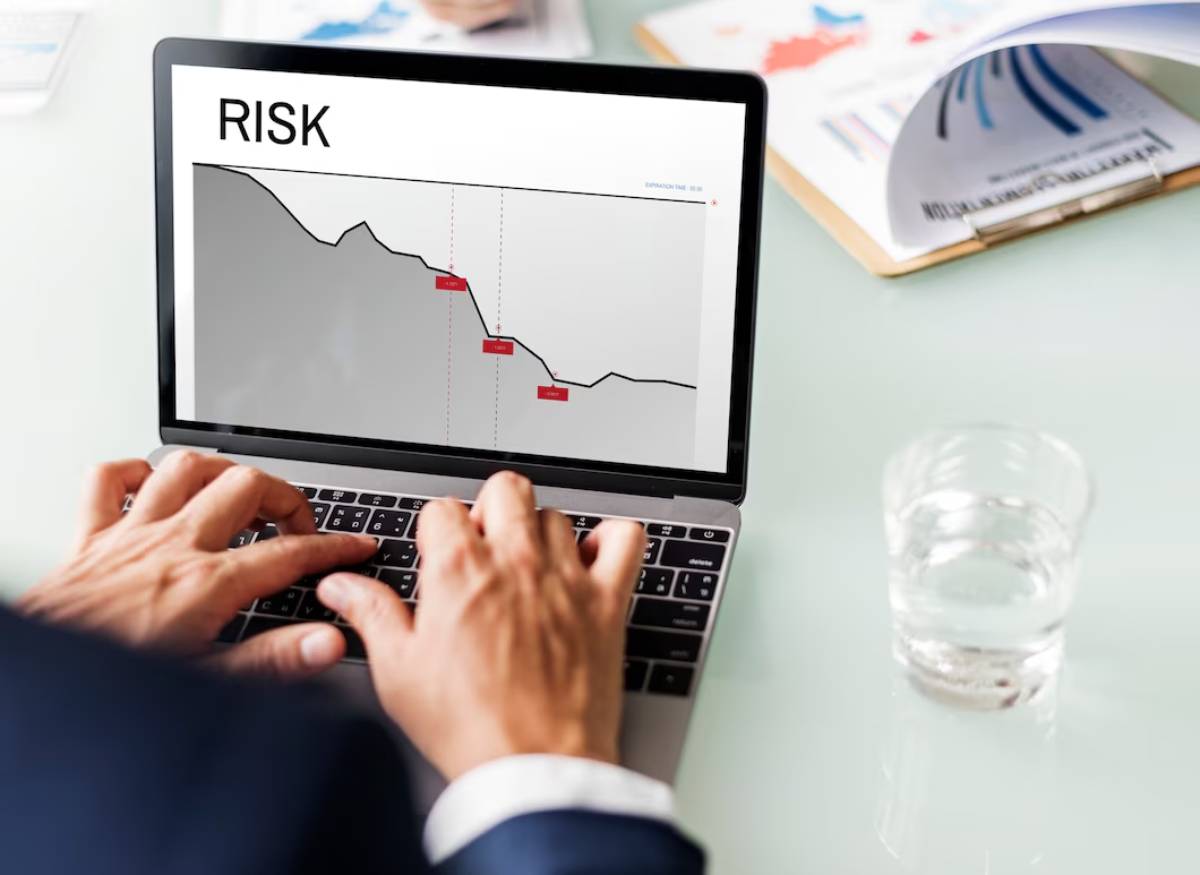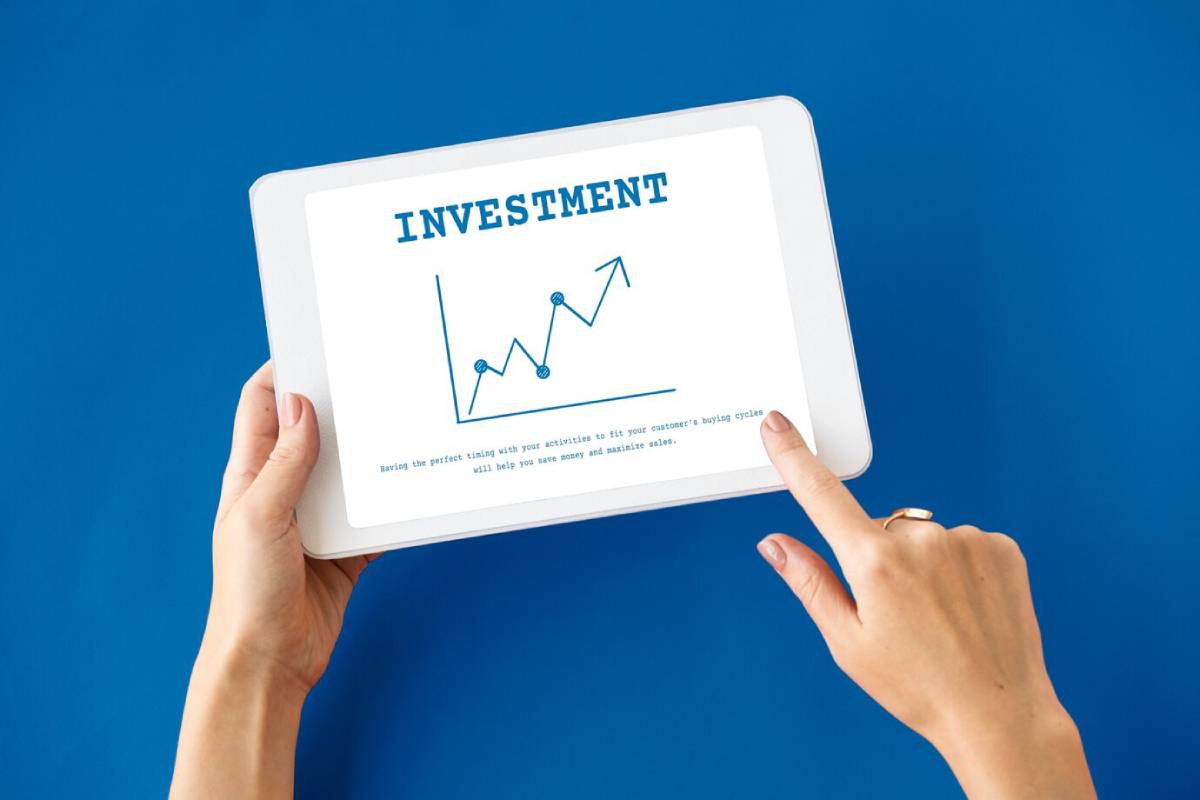
Risk Tolerance: Knowing Your Investment Comfort Zone
Investing offers the promise of financial growth, independence, and long-term security. But it also comes with inevitable risks. Market changes, economic downturns, and sudden global events can make even strong investment portfolios lose value, at least temporarily.
This is where understanding your risk tolerance becomes essential. Risk tolerance isn’t about dodging all risks. It’s about figuring out how much risk you can handle comfortably. A portfolio that matches your risk tolerance helps you stick to your investment plan. This is important, especially when the market goes up and down.
In this guide, we’ll examine risk tolerance. We’ll discuss what it means, why it matters, and how to determine your comfort level. Then, we’ll discuss how to shape your investments based on that.
What is Risk Tolerance?

Risk tolerance is how much fluctuation in investment returns you can accept.
It encompasses two dimensions:
- Emotional Risk Tolerance: This is how well you can handle market ups and downs. It means staying calm during losses and not making hasty choices.
- Financial Risk Capacity: This is how well you can handle losses. It helps you protect your main goals and economic safety.
Investors who can handle high risk may accept short-term losses. They do this to increase their chances of making bigger long-term gains. People with lower risk tolerance like stable investments. They choose these even if growth is slower.
Knowing your risk tolerance is key. It helps you create a strong and lasting investment plan.
Why Risk Tolerance Matters
1. Emotional Stability During Volatility
Market downturns are inevitable. If your investment portfolio doesn’t match your risk comfort, a market dip can push you to sell. This could lock in losses that might have just been temporary.
2. Smarter Financial Planning
Pick investments that match your risk profile. This helps you meet your financial goals with less stress and fewer mistakes.
3. Long-Term Consistency
Successful investing isn’t just about choosing the best asset. It’s really about staying invested for the long run. Knowing your risk tolerance helps you create a portfolio you want to keep. This way, you can stay committed, no matter what happens in the market.
4. Tailored Growth Expectations
Risk tolerance also affects the types of returns you pursue. Higher-risk investments can yield significant returns. However, they also have a higher chance of significant losses. Matching your risk tolerance to your portfolio keeps your goals realistic and reachable.
Types of Risk Tolerance
Investors usually fit into three main categories, which can change with personal situations.
| Risk Profile | Characteristics | Typical Investment Choices |
|---|---|---|
| Conservative | Seeks capital preservation; prioritises avoiding losses | Bonds, cash equivalents, and defensive dividend-paying stocks |
| Moderate | Accepts moderate fluctuations for balanced returns | A mix of equities and bonds, balanced mutual funds, ETFs |
| Aggressive | Willing to accept significant volatility for higher potential returns | Growth stocks, emerging markets, and high-risk mutual funds |
It is important to note that these categories are not fixed. Investors often shift between options as their finances, goals, and life change.
How to Assess Your Risk Tolerance
1. Evaluate Your Investment Time Horizon
Time significantly impacts your capacity for risk.
- Short-Term Goals (1–5 years): Prioritise capital preservation. Focus on low-volatility investments such as bonds, savings accounts, and money market funds.
- Medium-Term Goals (5–10 years): Take on moderate risk—balance investments between stocks and bonds.
- Long-Term Goals (10+ years): Embrace more risk. Over time, temporary market ups and downs matter less. Instead, the focus is on growth.
2. Assess Your Financial Situation
- A strong emergency fund
- Stable, diversified sources of income
- Manageable levels of debt
- Insurance coverage for significant life risks (health, disability, property)
Investors with these safety nets can usually take bigger investment risks.
3. Understand Your Emotional Response to Risk
Your emotional resilience is as important as your financial situation.
Ask yourself:
- How would I react if my investment portfolio dropped 20% in a year?
- Would I view a market dip as a buying opportunity or a disaster?
- How much volatility can I tolerate before feeling compelled to take action?
Be brutally honest with yourself. Overestimating your risk appetite could lead to rash decisions in turbulent times.
4. Use Formal Risk Assessments
Many financial institutions and robo-advisors provide free risk tolerance questionnaires. These assessments show your natural risk preferences. They also suggest investment allocations based on your responses.
Aligning Your Investments with Your Risk Tolerance
1. Build a Diversified Portfolio
Diversification reduces the risk associated with any single asset.
Depending on your risk profile:
- Conservative portfolios usually contain 70–80% in bonds and cash. They have little exposure to stocks.
- Moderate portfolios usually target a balanced mix of 60% equities and 40% bonds.
- Aggressive portfolios might hold 80–90% in equities, with minimal bond allocation.
2. Choose the Right Asset Classes
Match asset types to your goals and emotional comfort:
- Stocks for long-term growth
- Bonds for income and stability
- Cash equivalents for immediate liquidity needs
- Real estate and alternative investments for additional diversification (optional)
3. Rebalance Regularly
Over time, market movements can skew your original asset allocation. Rebalancing means adjusting your portfolio to your target mix. This way, you won’t take on more or less risk than planned.
4. Stay Focused on Your Goals
Understanding your risk tolerance helps you stay focused during ups and downs. Avoid making emotional investment decisions based on short-term news cycles.
Risk Tolerance is Dynamic

Risk tolerance is not fixed for life.
It can shift due to:
- Major life events (marriage, parenthood, job changes)
- Changes in income or wealth
- Evolving financial goals
- Experiences with market volatility
Reassess your risk tolerance regularly. Do this at least every few years or after significant life changes.
Real-World Example: Different Comfort Zones in Action
Two investors want to grow their wealth, but they have different needs.
Lucy, 28 years old:
- Time Horizon: Retirement in 35+ years
- Risk Tolerance: Aggressive
- Investment Strategy: 90% equities, 10% bonds
- Emotional Outlook: Sees market dips as buying opportunities
James, 45 years old:
- Time Horizon: University tuition payments for his children within 5 years
- Risk Tolerance: Conservative
- Investment Strategy: 40% equities, 60% bonds
- Emotional Outlook: Seeks steady returns and low volatility
Both investors are right in their approach. They match their investments to their goals, timeframes, and how much risk they can handle.
Common Myths About Risk Tolerance
“Higher risk always means higher returns.” Higher risk can lead to higher returns but can also result in bigger losses. It does not guarantee anything.
“Young investors should always be aggressive.” Young investors can take more risks because they have time. But their emotional strength and financial situations are just as important.
“Once you know your risk tolerance, it never changes.” Life is dynamic. Reassess your risk tolerance regularly. This keeps it in line with your current situation and goals.
Practical Action Plan for Managing Risk Tolerance
- Reflect deeply on your financial goals, emotional resilience, and time horizon.
- Pick investments that match your risk profile, not just what’s trendy.
- Remain disciplined through market volatility.
- Adjust your asset allocation as needed when your life circumstances change.
- Focus on consistency and commitment over chasing high returns.
Conclusion: Knowing Your Investment Comfort Zone
Understanding your risk tolerance is fundamental to building a successful investment strategy. It helps you choose the right investments. You can stay calm during market ups and downs. This way, you can reach your financial goals with less stress.
The right investment strategy is not the one that promises the highest returns. It is the one that allows you to invest confidently and stay invested through good times and bad.
Take time today to understand your risk tolerance, align your investments with it, and stick to your plan. Doing so will set yourself on a path toward lasting financial stability, growth, and peace of mind.


